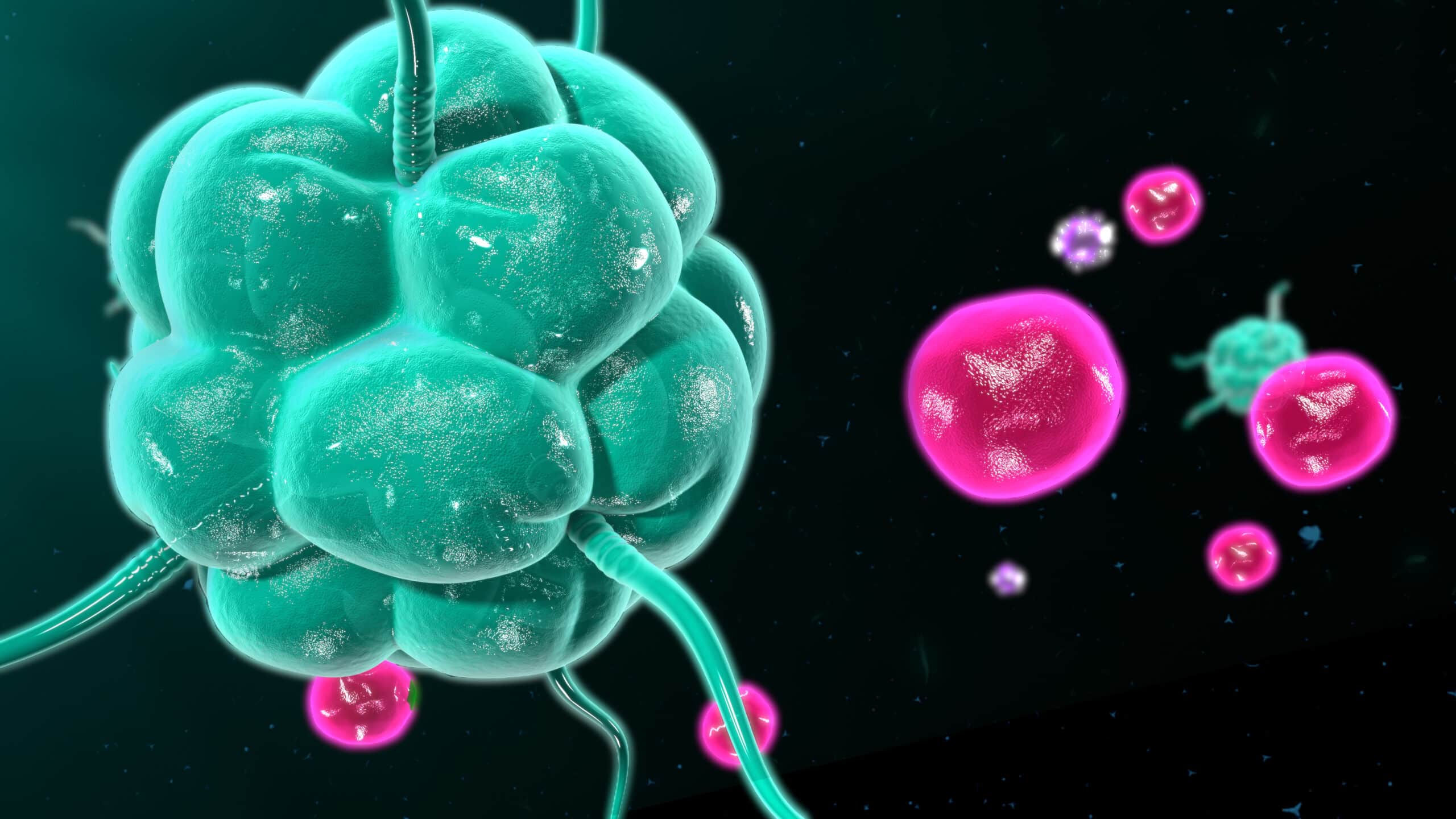A team of researchers may have found a factor which may be crucial, that being prior exposure to coronaviruses, their report published in Nature describes their research involving T-cell helpers, which are specialized white blood cells that are essential to the regulation of immune responses. The team found that 1 in 3 people with no prior exposure to SARS-CoV-2 had T-helper cells that were capable of recognizing this virus, and the likely reason for this may be that SARS-CoV-2 shares certain structural similarities with other coronaviruses.
Immune cells from the blood of 18 COVID-19 patients and 68 healthy individuals who had never been exposed to SARS-CoV-2 were isolated for this study. These immune cells were stimulated using small synthetic fragments of SARS-CoV-2 spike proteins; then they were tested for whether or not the T-helper cells would be activated by contact with the protein fragments. Results showed that in 15 out of the 18 patients this was the case.
“This was exactly what we had expected. The immune system in these patients was in the process of fighting this novel virus, and therefore showed the same reaction in vitro,” explained one of the study’s three lead authors, Claudia Giesecke-Thiel, PhD, head of the flow cytometry facility at the Max Planck Institute for Molecular Genetics. She added: “The fact that not all patients with COVID-19 showed this T-helper cell response to viral fragments is probably due to the fact that T cells cannot be activated outside the human body during an acute or particularly severe phase of an illness.”
Additionally, to the surprise of the team, memory T-helper cells were capable of recognizing fragments of SARS-CoV-2 in the blood of the healthy samples, which was observed in 24 out of the 68 healthy individuals. The immune cells of the COVID-19 patients were noted to react to different fragments of the viral envelope than the immune cells of the healthy samples: the T-helper cells of the patients recognized the spike protein in its full length, while those isolated from the healthy samples were primarily activated by sections of the spike protein which showed similarity to corresponding sections found in the spike protein of common cold coronaviruses.
“This suggests that the T-helper cells of healthy individuals react to SARS-CoV-2 because of previous exposure to the endemic ‘common cold’ coronaviruses,” said Giesecke-Thiel. She further explained: “One of the characteristics of T-helper cells is that they are not only activated by a pathogen with an ‘exact fit,’ but also by pathogens with ‘sufficient similarity’.” Notably, the researchers were able to show that the T-helper cells isolated from healthy participants who reacted to SARS-CoV-2 were also activated by various “common cold” coronaviruses—displaying what is known as “cross-reactivity.”
“Generally speaking, it is possible that cross-reactive T-helper cells have a protective effect, for instance, by helping the immune system speed up its production of antibodies against the novel virus,” explained co-lead author Leif Erik Sander, MD, of Charité’s medical department, division of infectious diseases and respiratory medicine. He added: “In this case, a recent bout of the common cold would probably result in less severe COVID-19 symptoms. However, it is also possible that cross-reactive immunity could lead to a misdirected immune response and potentially negative effects on the clinical course of COVID-19. We know this can occur with dengue fever, for instance.”
Just what effect this cross reactivity might have on a previously healthy individual infected with SARS-CoV-2 was not addressed in this study. Additional prospective studies are required to conclusively determine whether previous coronavirus infections may confer protection against subsequent infections with this virus, and whether this might explain the variability in clinical manifestations.
A study was just launched to investigate the impact of cross reactive T-helper cells on the course of COVID-19 risk populations over several months, with the aim to help predict the clinical course of COVID-19 in those with and without previous infections.
It is estimated that coronaviruses are responsible for around 30% of all seasonal colds. “The presence of S-cross-reactive T cells in a sizable fraction of the general population may affect the dynamics of the current pandemic, and has important implications for the design and analysis of upcoming COVID-19 vaccine trials,” note the authors.
“Current estimates suggest that the average adult will contract an infection caused by one of the four endemic coronaviruses approximately every two to three years,” explained Andreas Thiel, PhD, a Charité researcher based at both the Si-M (‘Der Simulierte Mensch) and the BIH Center for Regenerative Therapies (BCRT). “If we assume that these cold viruses are capable of conferring a certain level of immunity against SARS-CoV-2,” he added, “this would mean that people who have had frequent exposure to such infections in the past, and who test positive for cross-reactive T-helper cells, should have better protection.”




